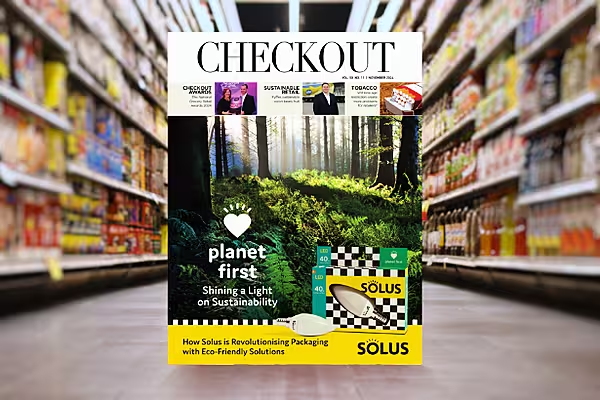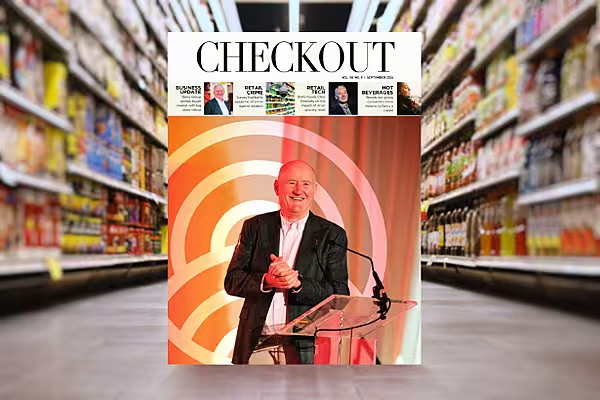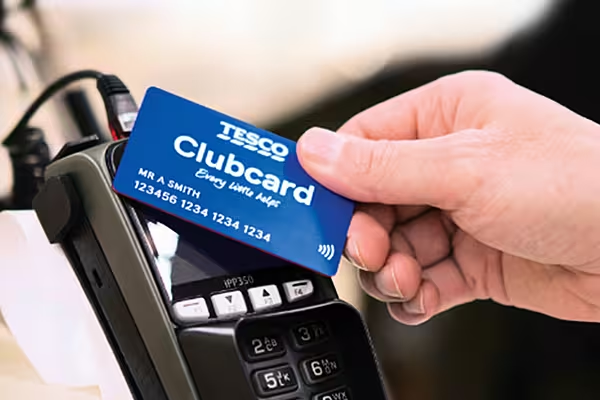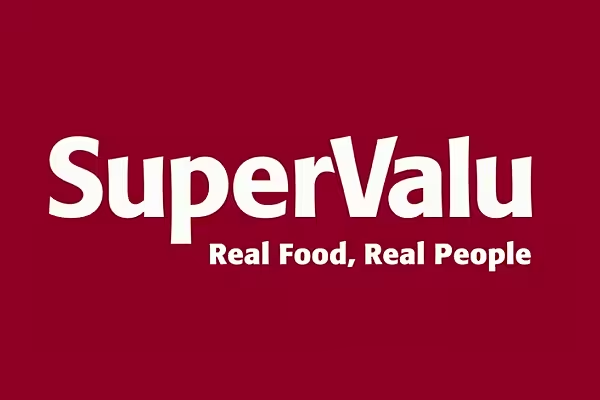Gordon Hunt speaks with Pat McCann of TNS to find what it is that makes a shopper decide on a product, what it is supermarkets get right, and what it is they get wrong.
What did Hannibal, Roger Federer, Tiger Woods and Garry Kasparov each have in common when in their prime? Sure, they were talented in their chosen profession – war, tennis, golf or chess respectively – but they also came up against similarly talented individuals. Why did they consistently win? It can’t be all about pressure, execution of powers and technical superiority. No, hidden behind all those traits was years of toil, torrents of lessons, and an unending ability to prepare. Prepare so well that, even before the event takes place, the winner can almost be crowned.
Quite an abstract segue, admittedly, but the same concept can be adapted to supermarket stores. You see, there are two schools of thought when considering shopper behaviour. One stance is that once a shopper enters your store, you can pounce with suggestions, triggers, smells, sounds etc., all to influence the shopper to buy more. The other stance, however, is that once the shopper has entered the store, you have achieved almost all that you can. Both of these opinions rely hugely on preparation, however there is a clear divide in ethos.
Cutting Through the Noise
If you are trying to influence shoppers in a category, often you are in fact creating a lot of noise and distractions. Shelves designed to attract attention seem like a great, intuitive idea, but what actually happens is they obstruct the vast majority of shoppers from buying what it is that they want. “In fact,” claims Pat McCann, global director, Retail & Shopper at TNS, “what we have found over a number of years is that, on average, 70 per cent of supermarket shoppers have already decided on what product it is that they wish to buy from a category. Almost 50 per cent have even decided on the exact SKU.”
You can see where she is coming from with these figures. To put up distractions and confusion can only work on the final 30 per cent of undecided shoppers. That is a hell of a lot of work to attract less than one third of your market, and clearly runs the risk of irritating the vast majority of shoppers, who simply want to get in and get out without any confusion. “What we are trying to explain is that the best way to increase spend is to make things as easy for the shopper as possible,” she explains. “We are trying to move people away from the disruption.”
Of course, as with all retail, this all depends on geography and culture. In countries with a highly developed retail sector, the behaviour of a shopper is very habitual; they have strongly defined patterns by which they shop. In less developed retail markets, shopping is a more social gathering, where you can influence people better with clever symmetry, and sense triggers.
Retailers often focus on total store behaviour. Important decisions such as adjacency are key here - what categories work well beside each other. “Most in-store research focuses on specific categories. While it is usually manufacturers that fund much of the research into how categories are presented in store, both the retailers and the manufacturers benefit from these results with visible growth at a category level,” explains McCann. “What we at TNS have found - and it hasn’t been the common idea over the last few decades - is that a store should focus on making things easier for a shopper. If a shopper can shop a category and not get confused by illogically positioned products, they tend to buy a little more. What we see as a barrier, is the traditional thought that ‘we can use the way that categories are laid out to interrupt and influence behaviour.’
“Industry experiments have looked at how shoppers behave when in ‘search’ mode. Beer was placed in the breakfast cereal aisle – the last place a shopper would expect to see it. It was found that shoppers didn’t notice the beer, demonstrating how people don’t see what they’re not looking for while in store. Our own research clearly shows that if you make it easier for people to shop, they are more likely to go into ‘selection’ mode where different options are considered, rather than ‘search’ mode, where actual decision-making is less likely. Making shopping easier is the way to go.”
Depth Of Thinking
Of course, that is not to say ease of access is everything. Karl McKeever, founder and brand director of leading retail consultancy Visual Thinking, believes there is a misunderstood depth of thinking behind adjaceny and product placement.
“In terms of grocery stores, visual merchandising is more of a science,” he explains. “Perhaps in other areas of retail, it is more about art to a certain degree, but with grocery stores it is more a science. Supermarkets have become far more sophisticated in the past ten years, in particular.”
This sophistication largely comes down to adjacency. As with McCann, he believes categories are the key. Stores have to have clear and accurate product segmentation. Within that, micro segmentation really plays its part. How a store decides to segment its products is entirely its own prerogative; around price, quality, nutrition, ingredients etc. With this in mind, it is key that adjacency is also addressed. Often you see products being located adjacent to other products that make no sense. There has to be a reason why a particular product is there. Otherwise, the knock-on effect in terms of waste can be huge. “For example, at the end of a refrigerator aisle, if you were to have garlic bread beside black forest gateaux cake, it would turn people off,” said McKeever.
Clearly, the thinking is that as a retailer, you should align yourself with the mind of your shopper – offer numerous options but primarily a set list of items which they want to buy as quickly as possible, with as few distractions as possible. To target the remaining shoppers at the risk of irritating your core supply of custom, therefore, seems like madness.
“Shoppers have a finite amount of time in each category,” claims McCann. “If it’s too difficult to shop then the shopper will give up and move on. On average, 30 per cent of shoppers who browse a category walk away empty handed. We want them purchasing, not browsing.”
This article appeared in the January 2013 edition of Checkout









